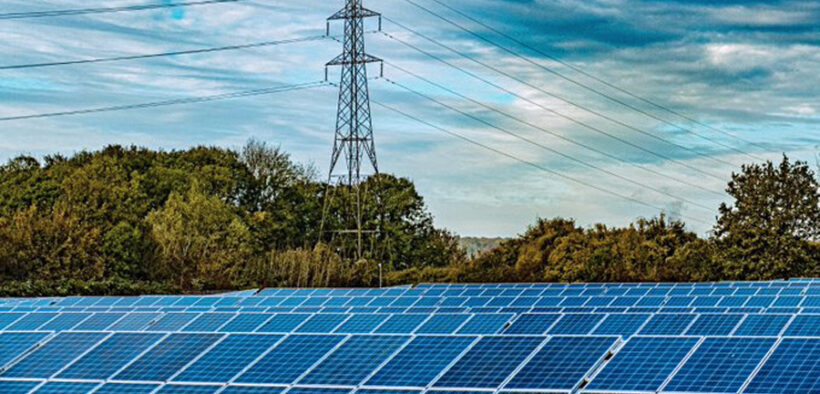CNE: DOE’s PR100 energy report leaves unanswered questions

To understand the next steps in the transition to renewable energy while safeguarding the interests of residents and businesses in Puerto Rico, the Center for a New Economy, a nonprofit think tank on the island, analyzed the recently published Summary Report of the Puerto Rico Grid Resilience and Transition to 100% Renewable Energy Study (PR100 Study).
The two-year effort, led by the U.S. Department of Energy (DOE) in collaboration with the University of Puerto Rico, Mayagüez, and other local stakeholders, sought to analyze and identify possible pathways for Puerto Rico to achieve its goal of generating 100% of its electricity from renewable energy sources by 2050.
“While the PR100 Final Report will not be released until late March, in this CNE Review, we highlight some of the findings of the PR100 Summary due to their importance and their potential policy implications for Puerto Rico’s electricity sector,” said Sergio M. Marxuach, CNE’s policy director.
Marxuach noted that while the PR100 Study “is a thorough and thoughtful analysis carried out by a respected group of stakeholders, the summary gives remarkably little information regarding the sources for financing the full transition to 100% renewable energy by 2050.”
“This is concerning, as the confirmation hearings for the Puerto Rico Electric Power Authority’s Plan of Adjustment (PREPA-PA) are currently being led by Judge Laura Taylor Swain in Hato Rey,” he said.
“The costs of the transition to renewables will be paid by consumers, and the costs of the PREPA-PA will only present an additional burden,” Marxuach pointed out.
“Furthermore, while the study indicates that it is feasible to achieve the objective of 100% renewable energy generation in Puerto Rico by 2050 without using agricultural lands for developing utility-scale generation, there are significant tradeoffs between resilience and energy affordability; between land use and energy affordability; between meeting the 40% goal by 2025 and achieving acceptable grid reliability in the short term; and between incurring short-term costs to obtain long-term benefits, depending on the scenario Puerto Rico chooses to implement,” he explained.
In the analysis Marxuach emphasizes that “in general, scenarios with higher deployment of distributed energy resources using less land tend to be, on average, more expensive than other scenarios, result in higher rates for the consumer, and induce greater short-term adverse effects on the Puerto Rican economy. The existence of these tradeoffs raises the question of which agency or entity should oversee making these decisions. We strongly recommend that the Puerto Rico Energy Bureau oversee making these decisions.”
According to the DOE, he added, the all-in average retail electricity rate would increase between 66% and 83% from 2020 to 2025 in 2021 dollars, depending on the implemented scenario.
“An increase in the retail rate of the magnitude estimated by the DOE is simply not economically feasible given the current state of the Puerto Rican economy. This means that it will be necessary to mitigate this impact, either through subsidies, extending the timeline for achieving the transition to 100% renewables, a different technology mix, or through other policies,” Marxuach stated.
While the PR100 Study is nonbinding for Puerto Rico, Marxuach believes ignoring its findings would be a mistake.
“It’s in our best interest to use this study to guide us in the implementation of the transition to renewables,” he said, emphasizing the need for local decision-makers to start a conversation with all stakeholders on how the following will be addressed:
- How much will it cost to achieve maximum resilience in Puerto Rico?
- How much can consumers afford or are willing to pay to transition to renewables?
- Which agency or entity will decide on the scenario, if any, to be implemented in Puerto Rico?
- What is the economic impact of each scenario, with their variants, on gross national product (GNP), GNP growth, consumption, employment and income?
- If the cost of maximizing resilience is too high, who decides which geographic areas will be excluded?
- What is the total investment required by system segment (transmission, distribution, generation, battery storage, access and connectivity infrastructure) to achieve the 100% renewable energy objective? How will that investment be financed (again broken down by segment)?
- How much funding has been identified, committed and spent for each segment?
Marxuach concludes his analysis by saying, “The PR100 Summary appears to present a good preview of the findings of the PR100 Study. It’s a welcome contribution to the public debate and a valuable resource for those who analyze and study Puerto Rico’s electricity system.”














